Hi, my name is Bob Greenyer and welcome to RemoteView.ICU
Prepare for the worst, hope for the best
Wednesday 2nd February 2022
After dinner, we spent our evening answering a call for specific aid items as there were women and children stuck at the border who had only what they could carry. Children’s clothing and toys, blankets, women's sanitary items and food parcels were the things most needed, we did what we could.
Thursday 3rd February 2022
In the morning, we went to our accountants to conclude the years ledger. Having paid the requisite service charges, we said “same time next year?”, she said, “well, maybe not, we might not be here”. I asked “what do you mean?”, she replied, “perhaps Putin will drop the bomb.” I said, “I don't think he'll drop it on the Czech Republic, too much chance of blowback”
But what if he did? What is it, that one should have done, if a bomb did drop?
Well as I know a few things about nuclear reactions, the most obvious risk to me would be iodine 131. It does not matter if you are using a nuclear (fission) bomb or a hydrogen (fusion) bomb, as even the latter often contains a fission trigger for the fusion fuel, when they detonate, 3% of the fissile load will produce the radionuclide iodine 131.
If you survive the initial impact, which probably most people would do at first outside of the principal blast zone, it is this iodine 131 that poses the greatest immediate risk to human health. This is because it is readily absorbed into the body and finds its way to the thyroid glands. It has an 8 day half life, making it highly active and it decays via high energy beta particle (that is a high speed electron) and gamma rays (high energy photons). All decay modes have sufficient energy to damage cells and DNA in your body leading to cancer and it is particularly risky to children.
The way to mitigate the risk is to saturate your thyroids with non-radioactive iodine, so that your body does not capture the radioactive stuff from the fallout, until enough time has elapsed, such that the iodine from the bomb, has mostly decayed.
As with anything, different people will need different amounts and you don’t want too much as this has it’s own health risks such as; burning of the mouth, throat, and stomach, stomach pain, nausea, vomiting, diarrhoea, fever, weak pulse, coma, thyroid problems - including cancer!
The US National Institute of Health has tables on all-consumption Recommended Daily Allowance (RDA) and daily upper limits for different age groups and life circumstances which I have given below.

Knowing this, I went to visit a pharmacy, I asked for iodine supplements, they asked, “are you deficient”, I replied, “no, I’m just a nuclear scientist” ;-) to which she said, “You won’t find any, they are sold out everywhere.” Not suspicious at all!
Weed
So plan B, foods rich in iodine. As Czech is a landlocked country, access to fresh sea food is limited, sure, I could get and freeze some, but what if the power goes out and it de-frosts, or I can’t cook it? This is true for most perishable iodine-rich food. There is one notable exception - seaweed.
Seaweed has a nearly unique ability to capture and store iodine. Moreover, there is a wide variety and it is available pre-dried and packaged for easy long-term storage. There is basic stuff, that can also be a very tasty and texture rich addition to your cooking, or you can choose roasted or flavoured snack packs which are great for children and Nori ones typically have a lower iodine content. Get yourself to the nearest Asian ingredient supplier and you’ll be amazed at the variations on offer.
Just like other foodstuffs, you can’t know the amount in a particular seaweed, as it depends not on only on the variety, but also on where it was grown and if it was farmed or not. Below is a selection of larger dried but otherwise unprocessed seaweeds you can get and a close up of a typical snack pack.
Each of the unwrapped Japanese seaweeds above came in 50g packs, but from an assessment made of commercially available equivalents, they can vary from 42 mcg/g to over 2353 mcg/g.
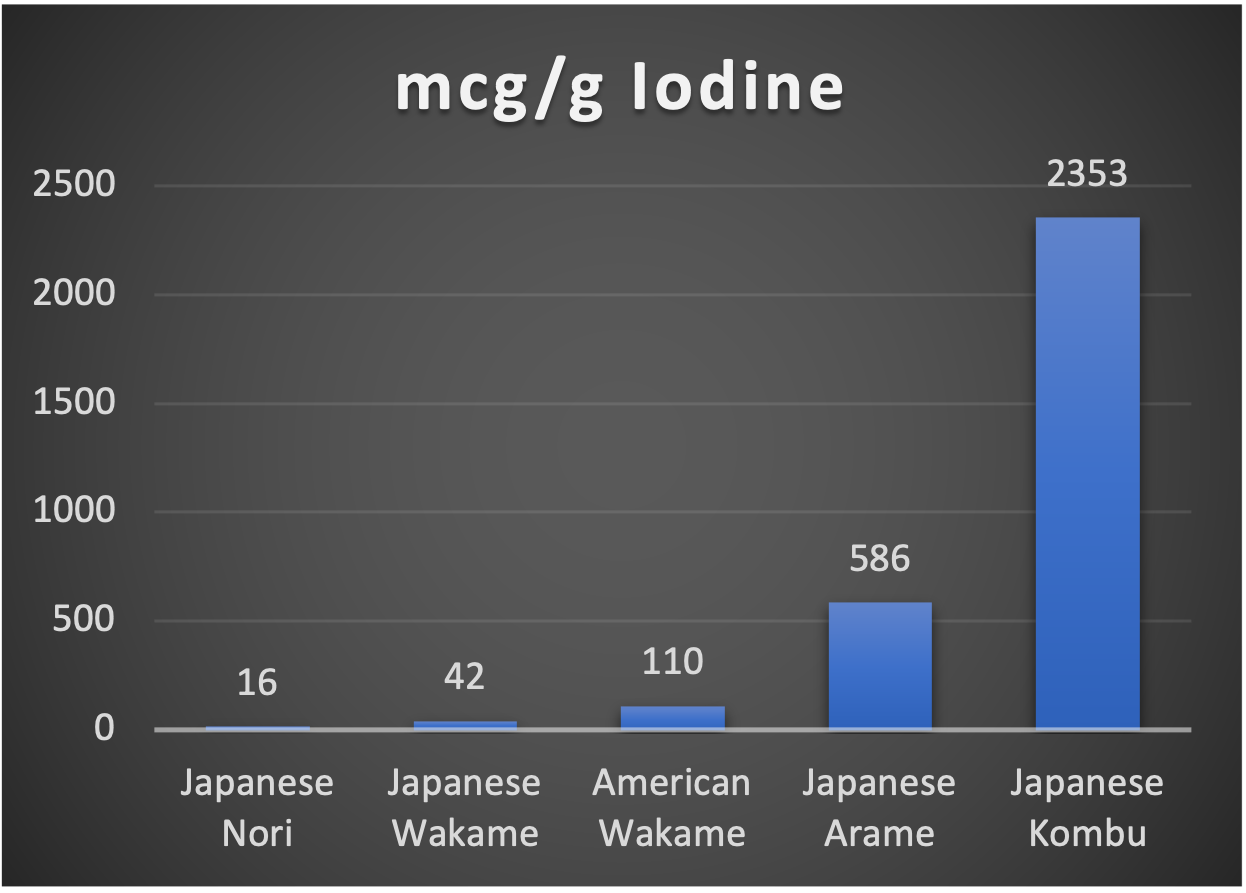
The Wakame is the nicest to chew on and that is probably why it cost the most, at around $6.23 for the pack. The others cost around $5 but you really have to re-constitute them to enjoy them to their fullest.
If you’re living in the UK, you might like to have a bit of fun, doing some foraging!
Problem is, even 1g of Kombu (Kelp) can exceed your recommended daily amount, you just can’t be sure what your are getting. Even if I personally might take the risk of a little more safe iodine for a few weeks, than the chance of taking on board iodine 131, this is not medical advice.
Salt
If the local pharmacy can't supply you with a controlled dose and seaweed as either too expensive, variable or unavailable for you to consider, there is one other simple and cheap solution out there that should be available many places and that is iodine enriched table salt.
At just $1, and containing 27 mcg/g plus or minus 7 mcg/g of Iodine, it might just be the nearest source of reasonably predictable iodine available to most people.
Masks
Yes, the dreaded face diaper - after iodine, I would put particulate fallout high on the list of risks in the early days, and until the ‘dust settles’ a FFP3 mask, properly fitted, would give you important protection from so-called ‘hot particles’. This is dust that is carrying other radio-nuclides of longer half-lives that could get into the tiniest parts of your lung, where they would emit radiation, potentially for the rest of your life if you are not careful.
So, don’t throw them masks away just yet!
Water
I would choose to have a store of drinkable water as a lot of water sources might be contaminated.
Radiation detection devices
You might consider a hand-held radiation detection device. This would allow you to assess the level of emissions in areas around your living space and local environment in the weeks and months after an event. It would also allow you to assess the risk of food and water you might consider consuming.
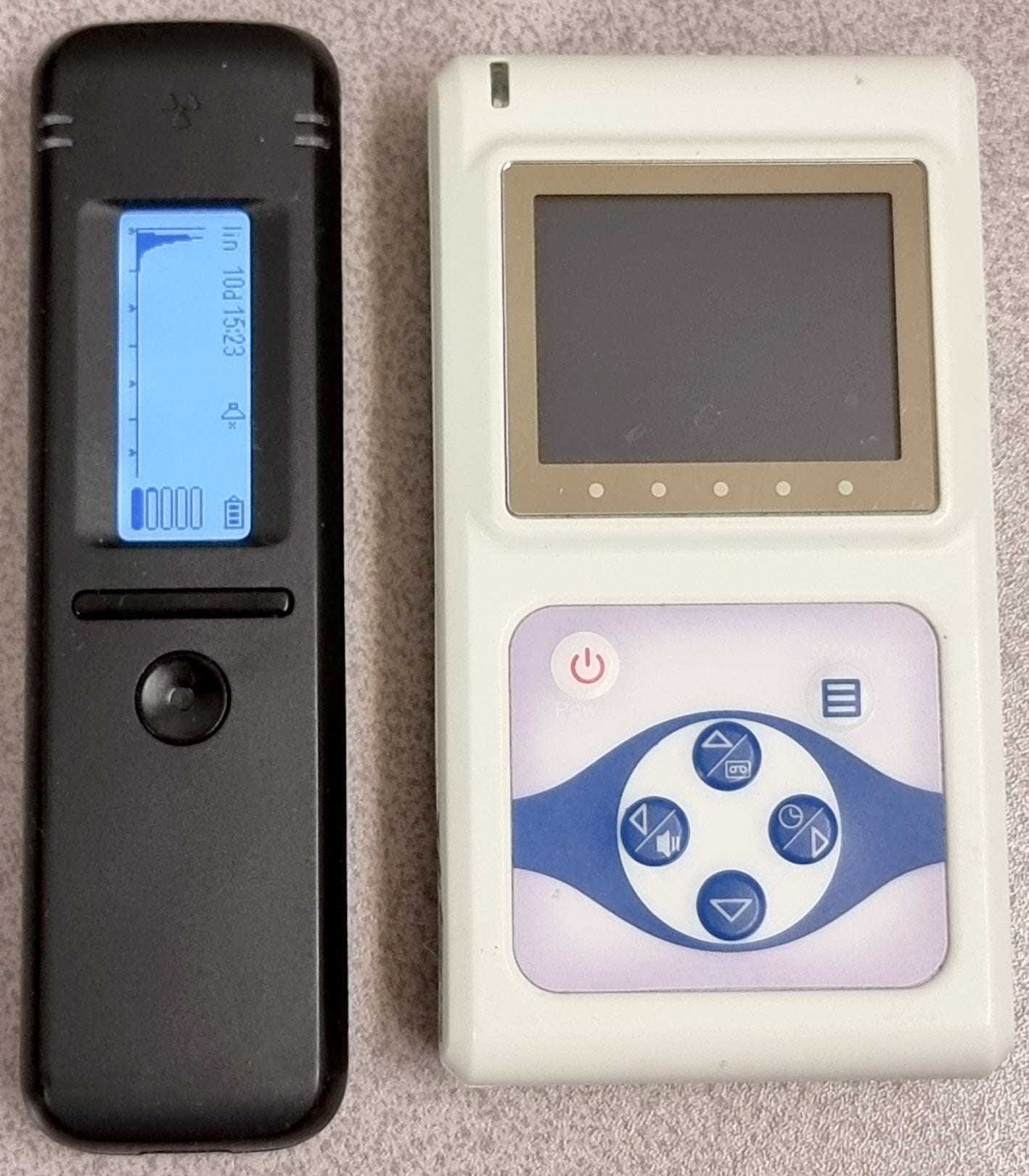
I am fortunate enough to have access to two of the best portable devices available,
The RadiaCode portable scintillation spectrometer which can give you an idea of not only the radiation exposure level, but also the specific isotope decay that is being detected. It can also help you produce a GPS assisted map of the environment, with radiation levels at visited locations.
The RadiaScan portable Alpha, Beta, Gamma tube can give you a good idea of the radiation dose and also the type of radiation you are exposed to.
Unfortunately, these are designed and manufactured in Russia, so, for now, I think it would be very difficult to even pay for one, let alone receive it in the post.
Time and Distance
Lastly, if you are close to a detonation, staying in a closed space with air filtration for as long as possible is advisable. If you are far from ground zero, get further from it, as some say, dilution is the solution to pollution.
Friday 4th February 2022
At 08:00, we went to our needlessly discriminatory PCR test appointment that the UK government requires us to take, to go there. One of three tests each stipulated for a 5 day trip. We recovered from the Wuhan version in early 2020, and could not catch any other variety until the significantly genetically different Omicron, which we contracted and got over in a few days in the first week of January 2022.
It beggars all belief that we, as recently recovered people, with sterilising robust immunity, proven in studies in several countries, still have to take these tests, when those that have just had a now pointless jab, that will not stop them catching or spreading the disease, do not. A state requiring an experimental corporate manufactured procedure, that may harm us and that is able to both insert itself as DNA into human cell nuclei and interfere with DNA repair mechanisms, just to access basic human rights, is fascism.
Back at home, we learn over breakfast firstly, that Russia is implementing a law similar to that introduced in Czech last week, that will allow the imprisonment of citizens if they don’t follow the respective countries narratives on the war. We also found out that there had been fighting at Ukraine’s and Europe’s largest nuclear reactor complex, the second reactor complex, after Chernobyl, to have been over-run following the invasion. As I finish this blog, it is now under Russian control. Given its scale and location next to Crimea and near to wider Russia, it would be in no ones interest for an accident to occur there.
There are a good number of other nuclear reactors in Ukraine and it appears as if it is part of the strategy to capture them. Each time this happens, there will be a real risk of collateral damage, that might present similar fallout to that from a distant nuclear or hydrogen bomb detonation. However, reactors are designed to be pretty tough things so I’m not overly concerned.
Conclusion
Having some dried seaweed, iodised salt, drinking water and a few FFP3 masks in your doomsday box, might just be the best thing you ever did.
I’m hoping, it would be a waste of time.
Thank you for listening to RemoteView.ICU





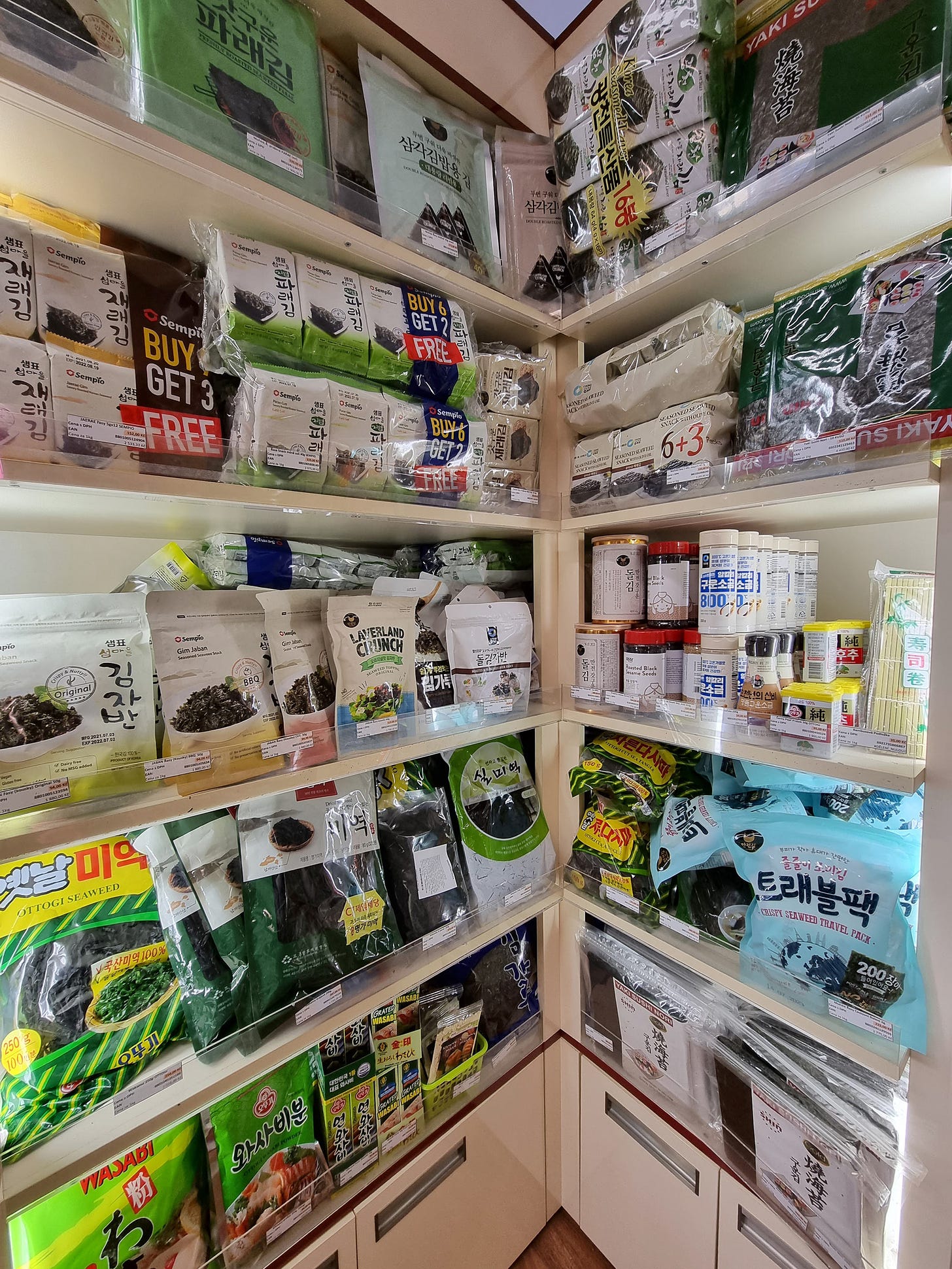

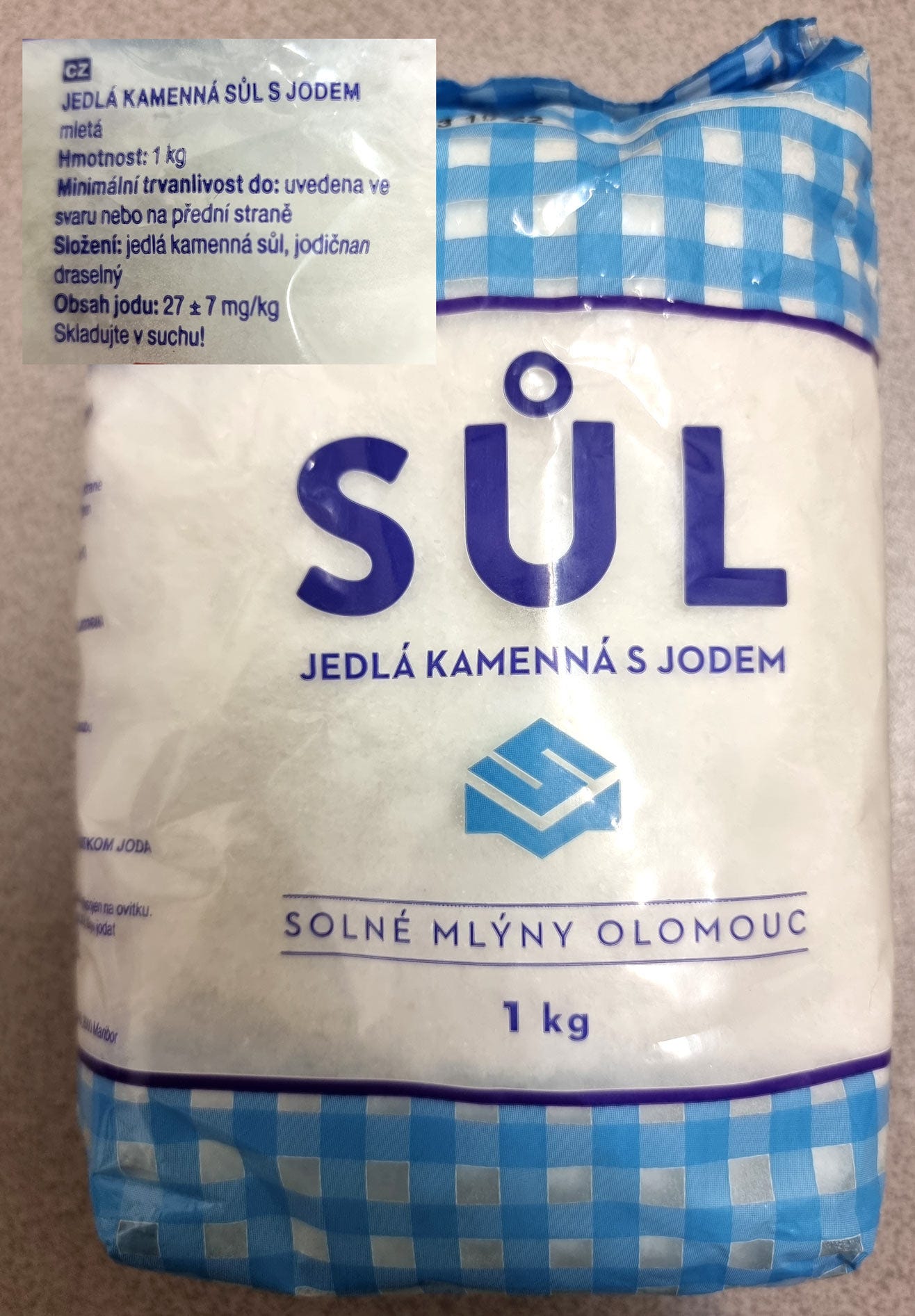
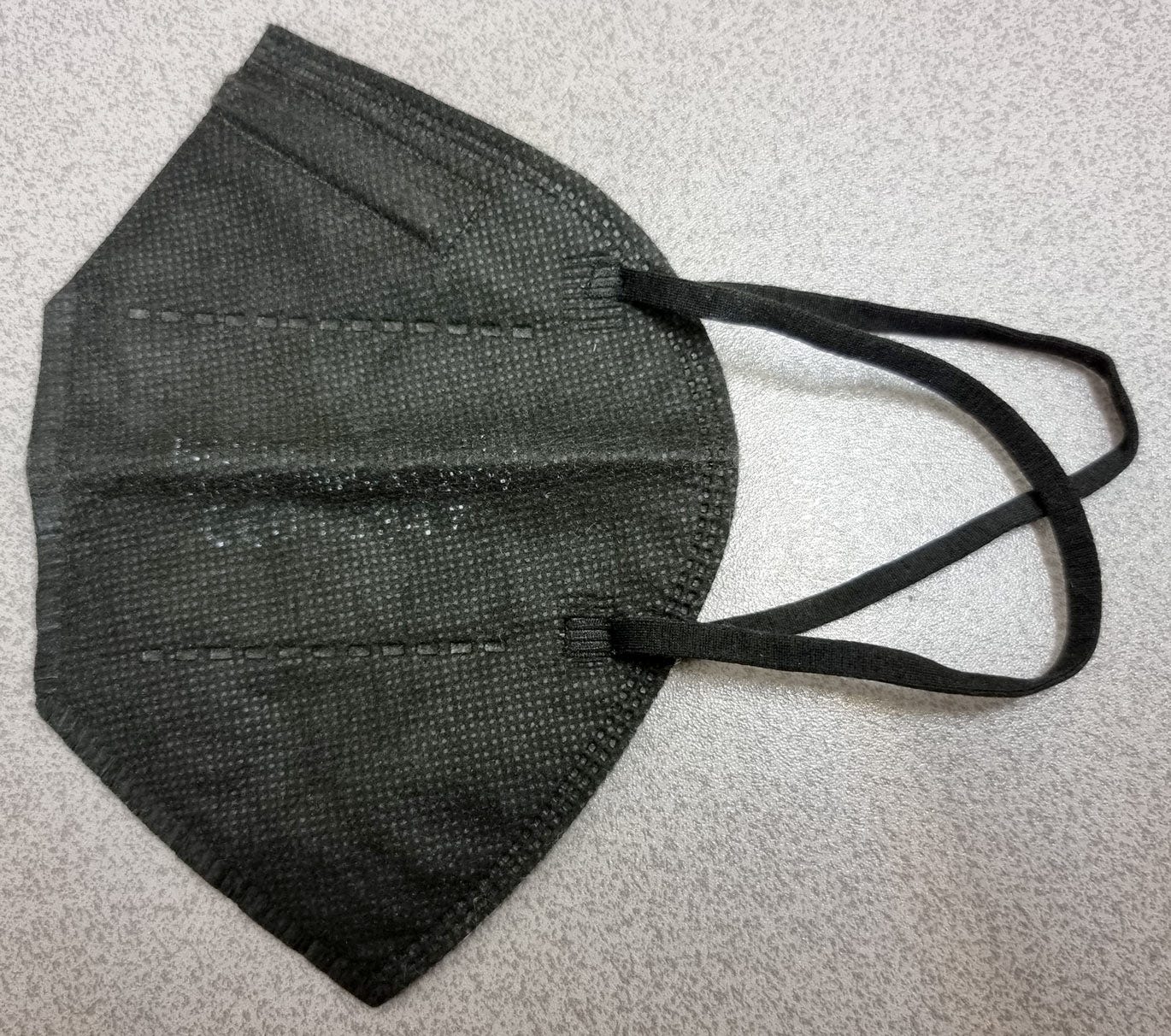

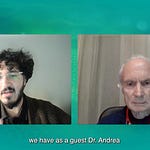

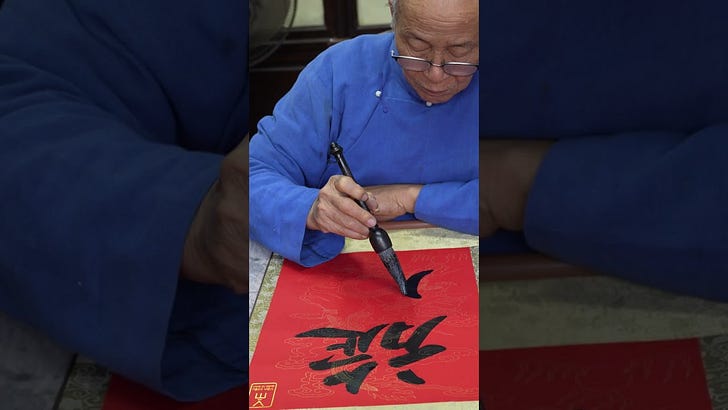





Share this post